Sultanahmet – Part II
Welcome to the second part of Sultanahmet – playing tourist in the city I call home. If you haven’t read part one already, here’s the link .
The next morning we woke up ready to go out and play tourist again but to be honest, it was tempting to just stay put. We were staying in the very romantic garden suite which was highly appropriate as our ninth wedding anniversary (which both of us had forgotten) was two days earlier. It’s done out in chic shades of cream and green with touches of ochre. There’s a large bedroom, small kitchen area, bathroom with shower and personal hamam (because why not!) and an elegant sitting room overlooking the lush garden. It’s the perfect city hideaway and I’m tempted to go back and stay there for a personal writing retreat but I suspect I’d end up gazing out the window lost in daydreams instead, involving sultans, palaces and jewellery, with me centre stage of course. Another perk of the suite is a separate entrance out to the street through a heavy iron door. Going through it feels like stepping back in time.
I’m no gardener but I do appreciate them so we dawdled slowly through it to the main building. Like the rest of the hotel, each of the three interconnected breakfast rooms are full of character with photos, paintings and objet d’art. There’s just enough decoration without going overboard. The overall feel is Parisian cafe, only with comfortable chairs and no smoking. Outside temperatures were still low so the wood fire was lovely addition.
As soon as I saw the buffet breakfast selection I decided to forgo my diet. Besides, my plans for the day involved walking around 10km in Sultanahmet so we needed fuel for that, right? Emine Hanim, the chef, is a charming woman and she cooks and bakes like a dream. For me the highlights were the light flaky börek, pogaça, crunchy fresh breads, fresh and dried fruits, olives, selection of homemade jams and fabulous cinnamon honey cake and there were plenty of other things to eat too. She and Bulent who helps with the breakfast service were very friendly and we chatted together in Turkish but they also speak English. It’s the perfect opportunity to practice some Turkish so here are some suggestions. The other guests were a mix of multi-generation families, young couples from the US, Russia and elsewhere, and a solo English guest. We got chatting after I spied him reading my Guardian article on Istanbul. It was both thrilling and slightly embarrassing to tell him I wrote it.
By the time we finally managed to drag ourselves away the temperature had risen slightly and the sun was out, not always a given in an Istanbul winter when skies are often a dull shade of grey. We headed straight up the hill to the Istanbul Archaeological Museum where I was able to jump the queue because I already had a Museum Pass. The last time I tried to visit the museum was back in 2007. The majority of the rooms were closed so I only saw the collection of 2nd century Roman statuary and the outside of the Çinli Köşk. Luckily I did get to see select pieces from the Assyrian collection in Paris when they were on loan to the Louvre. However this time all the rooms were open and it was wonderful.
The name museum is a bit misleading because the Istanbul Archaeological Museum in Sultanahmet actually consists of three museums, the Museum of the Ancient Orient (where my favourite Assyrian pieces live), the Archaeology Museum and the Tiled Kiosk Museum (Çinli Köşk). Whatever you call it, the displays are made up of palace collections curated by the museum director, Osman Hamdi Bey. Best known as the painter of The Tortoise Trainer, Hamdi Bey was an also an archaeologist and responsible for founding this first ever museum in the Ottoman Empire and Turkey.
The museum was established in 1869 as Müze-i Hümayun, the Imperial Museum and the artefacts were housed in the Hagia Irene Church. When the collection outgrew that space, the Çinli Köşk, built in 1472 during the reign of Mehmet the Conqueror was converted to a museum. The building that now contains the ancient oriental works was designed by Alexander Vallaury under Hamdi Bey’s instructions in 1883, as the Academy of Fine Arts. Vallaury later went on to design and construct the main Istanbul Archaeological Museum Classical building. The doors opened on June 13th, 1891. It’s the one largest buildings, full of sarcophogi, stele, statues and busts, many of them excavated by Hamdi Bey himself. In addition there are displays of coins and jewellery, as well as an exhibition dedicated to the life and work of Osman Hamdi Bey himself.
The main building and the tiled kiosk have been completely, and quite gloriously revamped. Although the museum of the ancient orient is yet to have a make over, nothing can distract from seeing ancient Egyptian mummies and giant sphinx and lions up close and personal. There’s ancient history every where you look, even in the gardens and on the way to the toilets where the entry corridor is lined with artefacts on their way to other museums, waiting for be restored, or received into the collection.
I really enjoyed myself in Sultanahmet this time, and one reason was because I put a lot of thought into where we would eat. While Sultanahmet eateries are really appealing to first time visitors, you know, everything’s unusual, colourful and smells great, as a long term resident of Istanbul I know the places there aren’t always the best. That is changing of course, with the advent of restaurants like Ocak down in Sirkeci. One good value and quality staple has always been the pide restaurants run by families from the Black Sea. Pide is long boat shaped flat bread topped with a variety of combinations like spinach and beyaz peynir (white cheese) or sucuk (spicey sausage) and kaşar (yellow cheese) and baked in a traditional oven. Poika Cafe, set just off the main drag in Sultanahmet, takes them up a notch, combining Turkish food with hipster coffee in a warm and welcoming atmosphere.
It’s run by three generations of Black Sea men, granddad, dad and son/grandson. Dad, dressed in conventional waiter’s attire of black and white overseas the pide and kebab restaurant on one side while his son/the grandson, a very capable barista serves up good coffee and tempting cakes, on the other. Granddad flits in between in his check jacket, stands outside to invite customers in, checks to see diners have everything they need and just smiles happily at everyone all the time. It’s the perfect place to sit and recharge during or after a busy day sightseeing, accompanied by quality music. We went twice and each time diners on their own, both men and women, seemed very relaxed and at home.
That’s all from me about my stay in Sultanahmet. If you haven’t read it already, have a look at Sultanahmet Part I.
**************************
Planning to come to Istanbul or Turkey? Here are my helpful tips for planning your trip.
For FLIGHTS I like to use Kiwi.com.
Don’t pay extra for an E-VISA. Here’s my post on everything to know before you take off.
However E-SIM are the way to go to stay connected with a local phone number and mobile data on the go. Airalo is easy to use and affordable.
Even if I never claim on it, I always take out TRAVEL INSURANCE. I recommend Visitors Coverage.
I’m a big advocate of public transport, but know it’s not suitable for everyone all the time. When I need to be picked up from or get to Istanbul Airport or Sabiha Gokcen Airport, I use one of these GetYourGuide website AIRPORT TRANSFERS.
ACCOMMODATION: When I want to find a place to stay I use Booking.com.
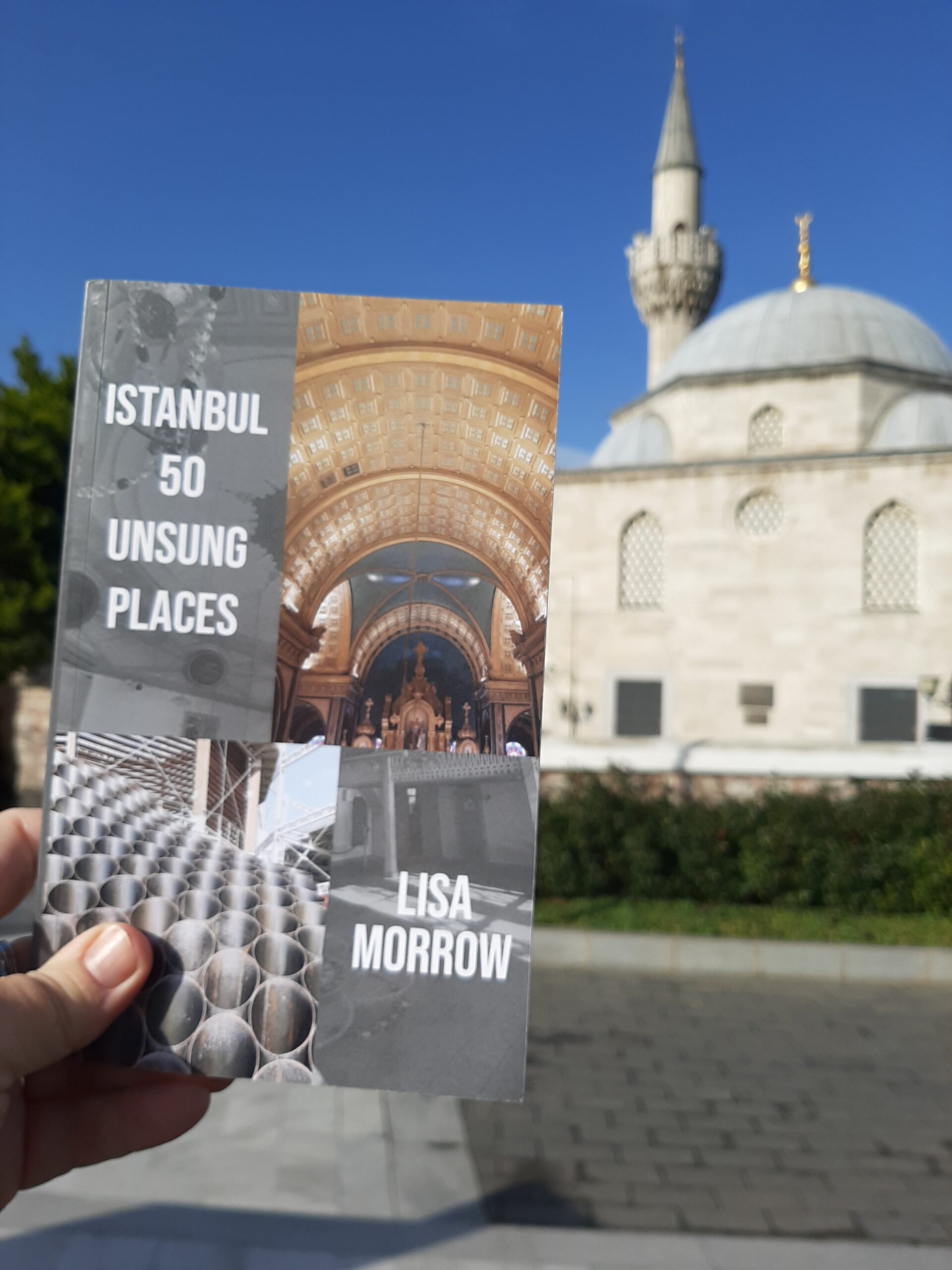
CITY TOURS & DAY TRIPS: Let me guide you around Kadikoy with my audio walking tour Stepping back through Chalcedon or venture further afield with my bespoke guidebook Istanbul 50 Unsung Places. I know you’ll love visiting the lesser-known sites I’ve included. It’s based on using public transport as much as possible so you won’t be adding too much to your carbon footprint. Then read about what you’ve seen and experienced in my three essay collections and memoir about moving to Istanbul permanently.
Browse the GetYourGuide website or Viator to find even more ways to experience Istanbul and Turkey with food tours, visits to the old city, evening Bosphorus cruises and more!
However you travel, stay safe and have fun! Iyi yolculuklar.
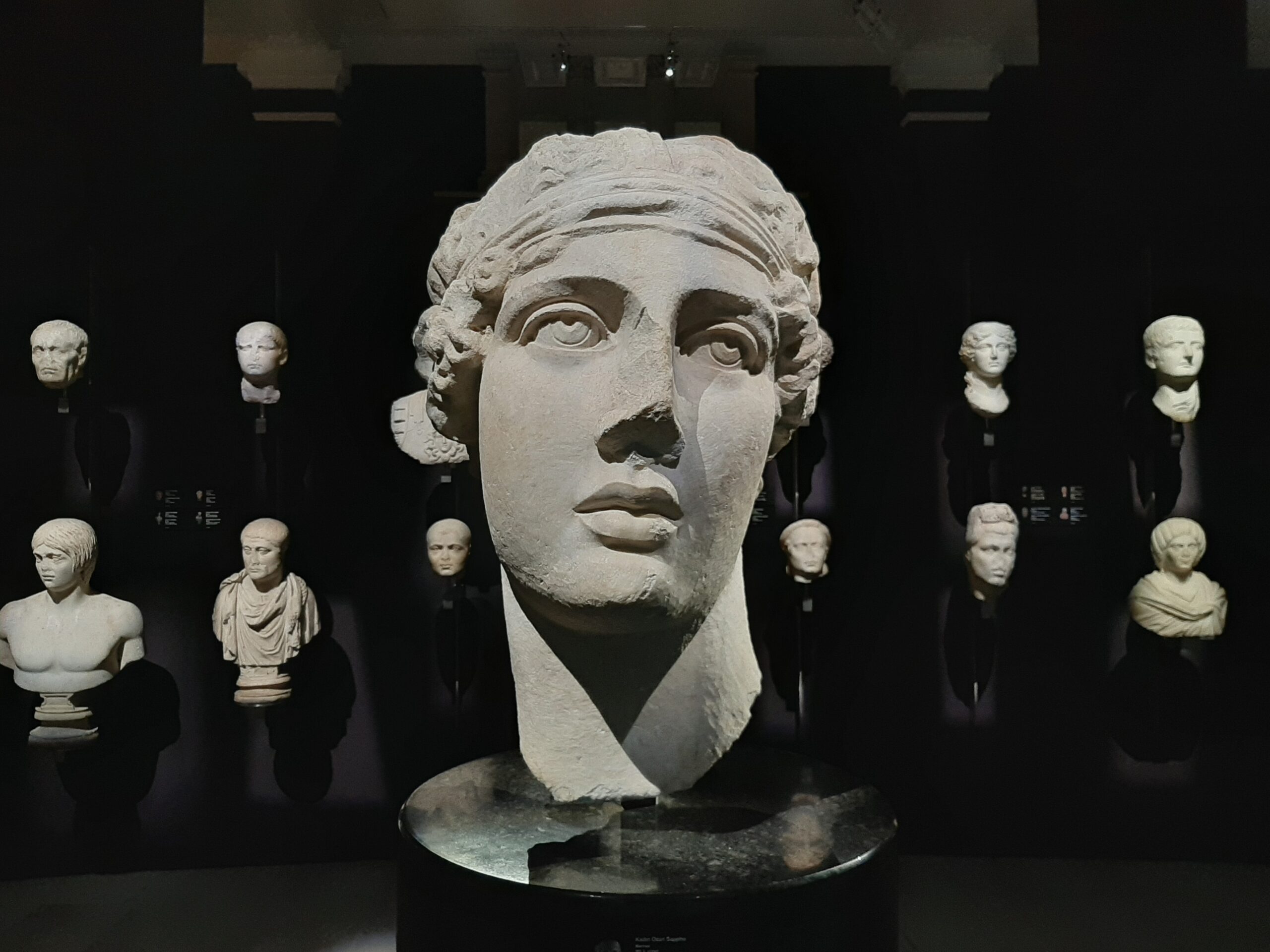
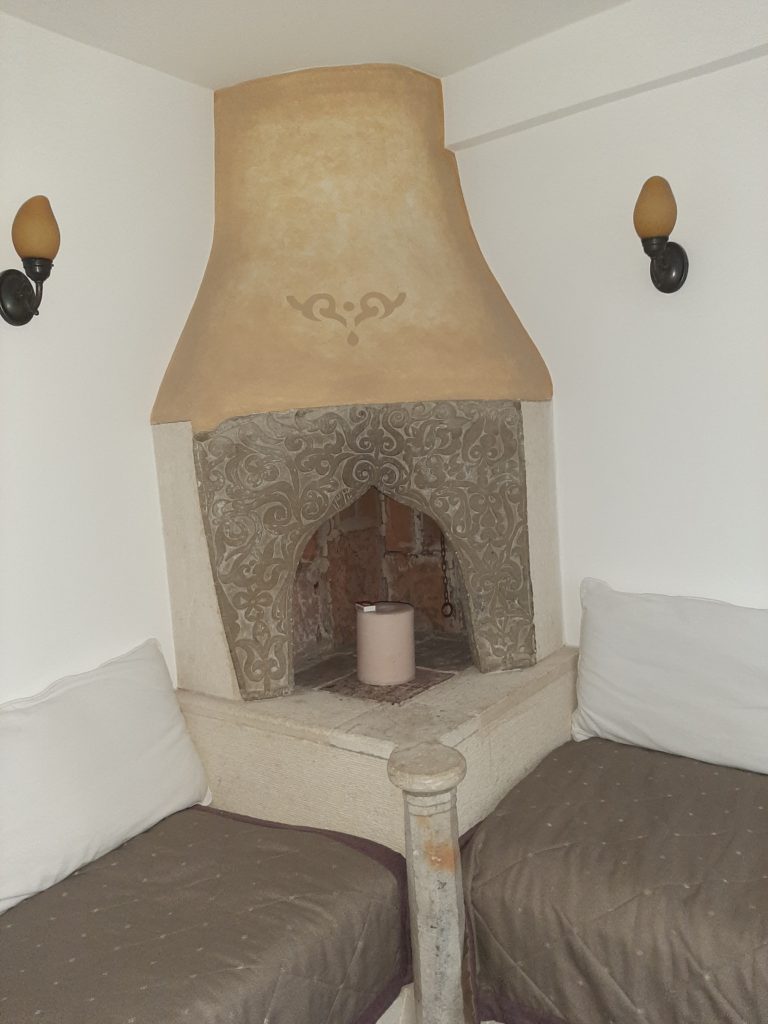
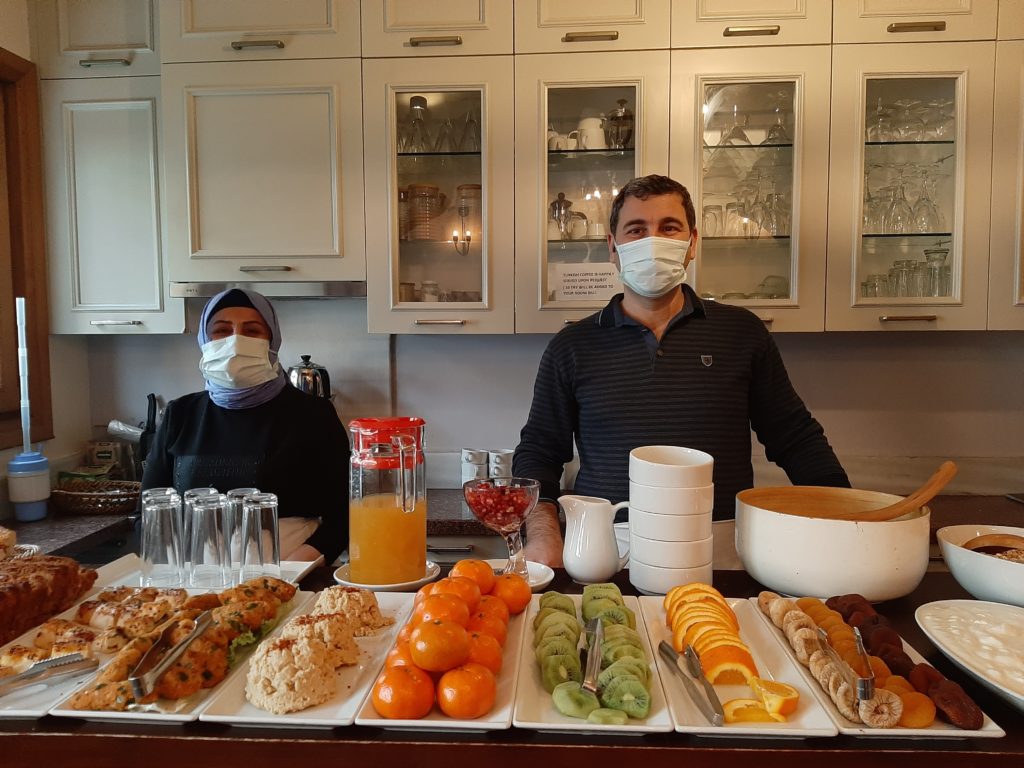
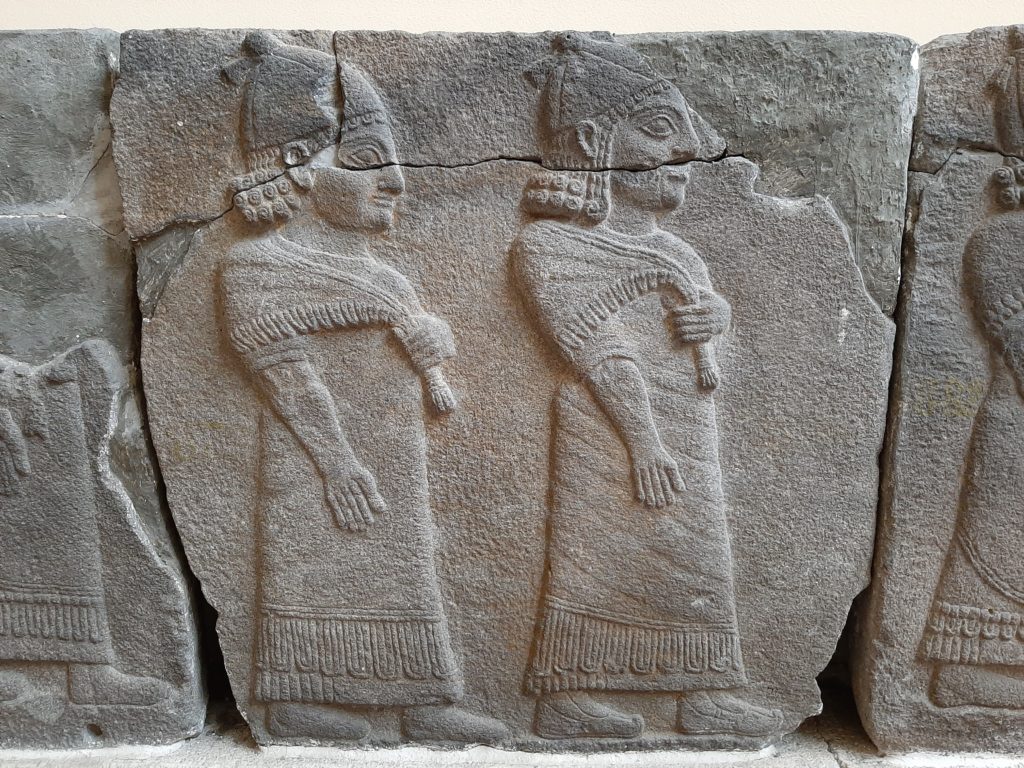
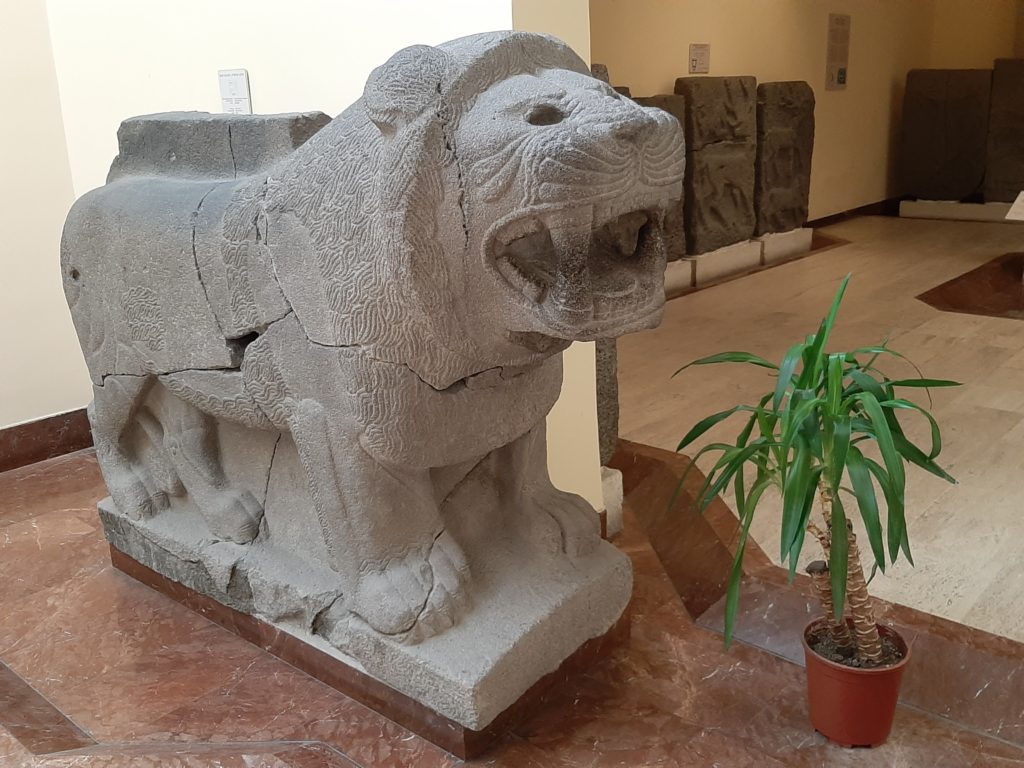
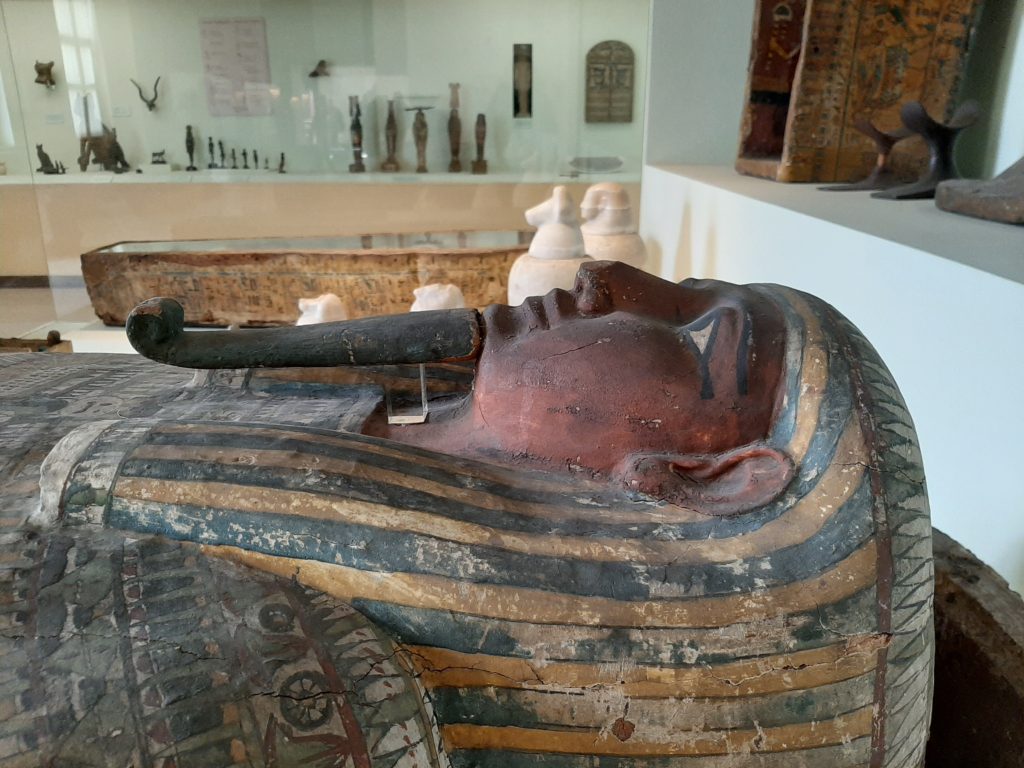
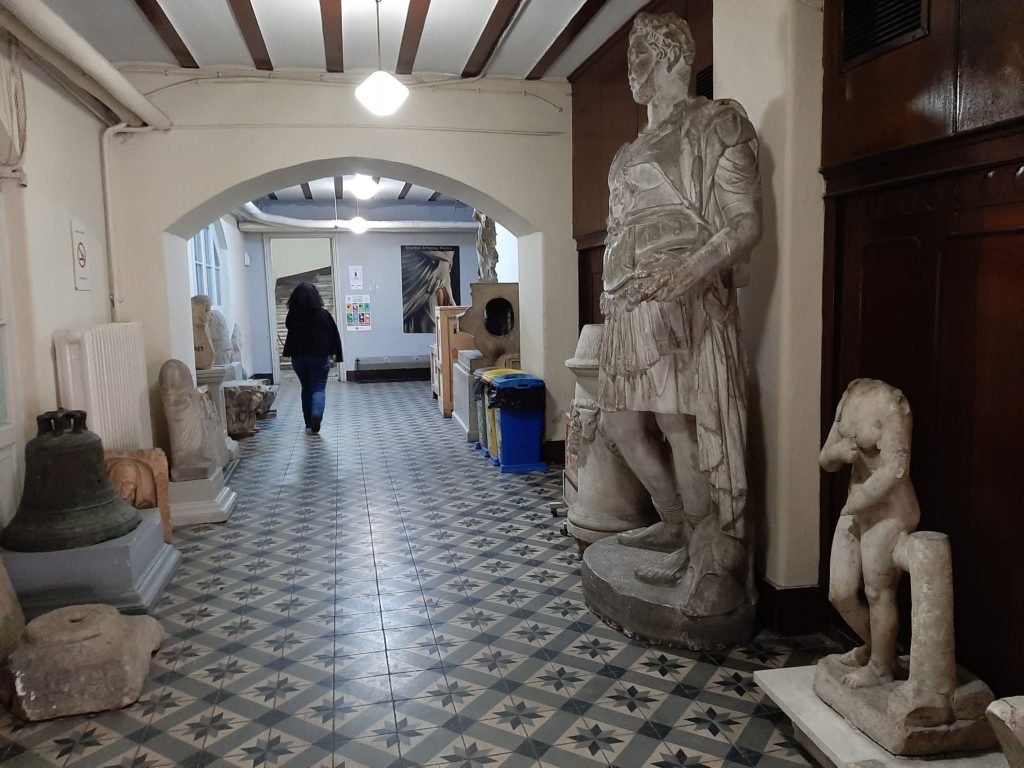
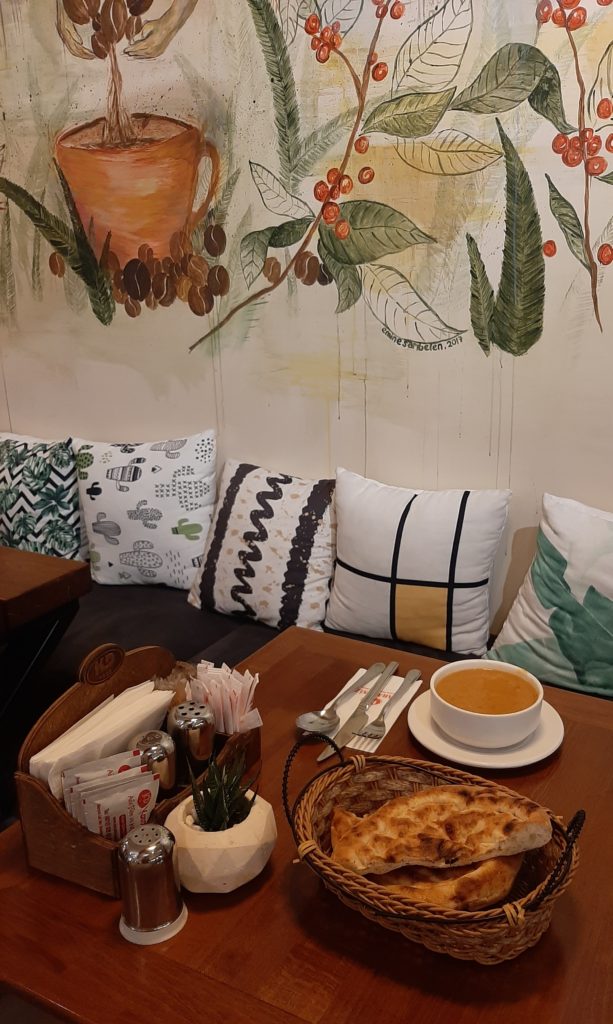
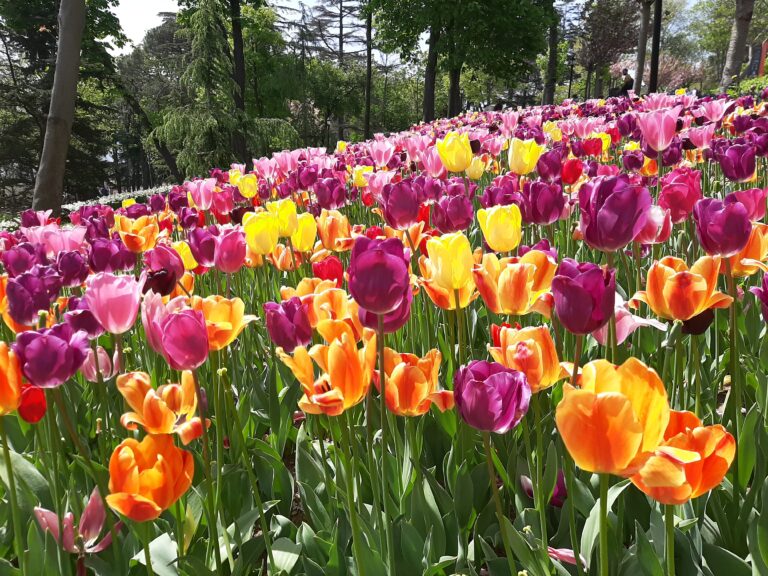
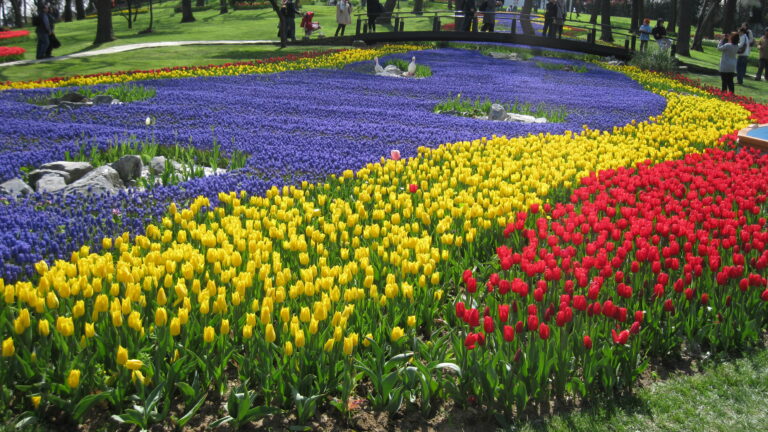
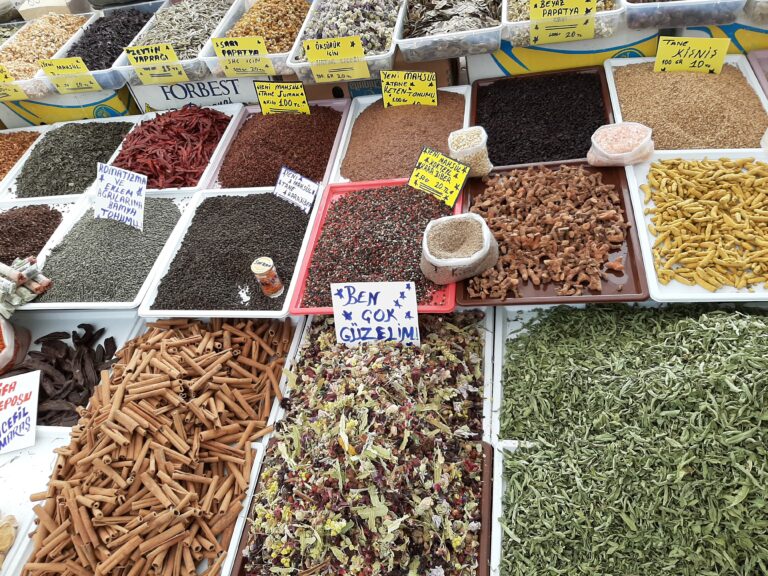
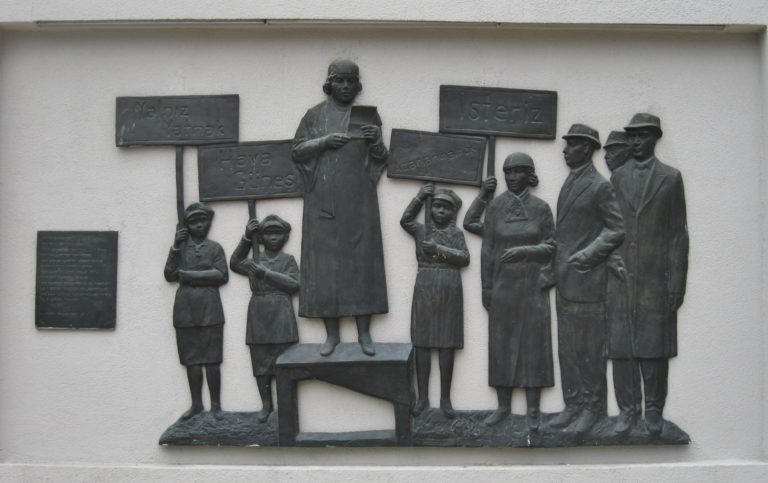
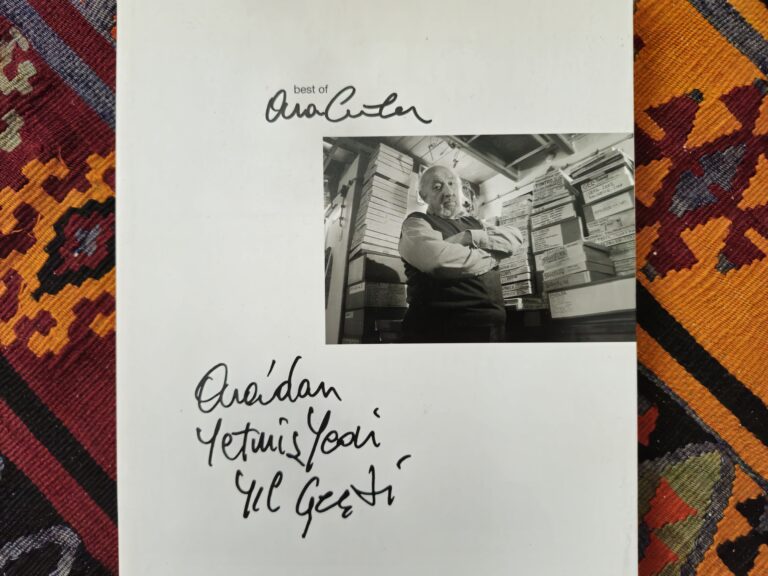
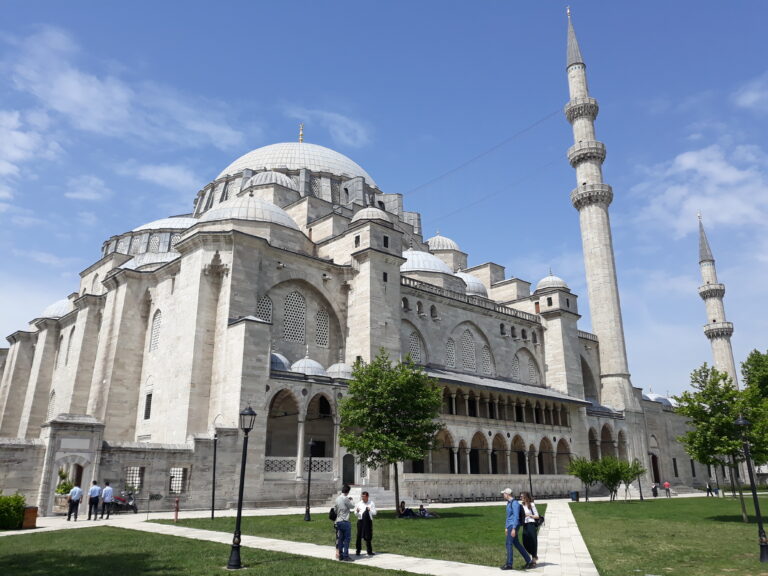
I’m so envious. We stayed at the Empress Zoe a fair number of years ago; we were at the top of a spiral staircase and luckily we didn’t have to carry our own luggage up there. The views were stunning.
We too have visited the Archaeological Museum on several occasions and found it very frustrating when several rooms in the main building were closed.
Hopefully we can return in September.
I have my fingers (and toes) crossed that you’ll get to return in September. It’s a lovely time of year to visit.
I know you will really enjoy it the next time you come to Istanbul.
Thank you for your interesting articles about Sultanahmet, Lisa. We visited the Istanbul Archaeological Museum in 2015 and also found that a large part of the museum was closed for renovation. Luckily, the Tiled Kiosk Museum and the Museum of the Ancient Orient were open. We had hoped to visit it again during our recent tour, but sadly group tours aren’t interested in museums. We will have to come back to visit it again.